- Blog Home
- Content Marketing
- Kevin O'connor
- Scripted Presents: Content Marketing Horror Stories
Scripted Presents: Content Marketing Horror Stories
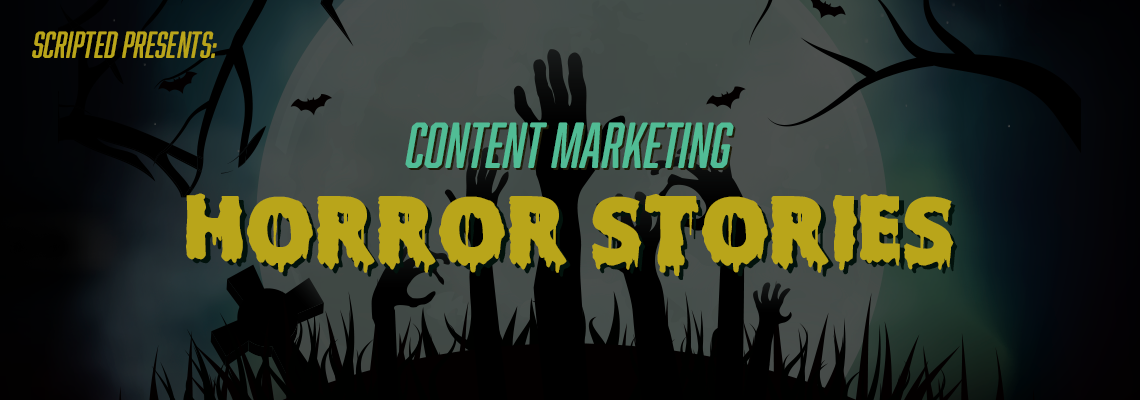
Unless you've been trapped in an underground vault with the CryptKeeper circa 1992, you've probably heard that content is king. But like any powerful tool, content can be used for both good and evil. The really scary thing is that sometimes, even the most well-intentioned campaigns can land with a nightmarish thud.
Content Marketing Gone Bad
From misappropriated hashtags to socially minded content that delivers the exact opposite of its intended message, even iconic brands like Dove, Pepsi, Starbucks and DiGiorno Pizza, to name a few, have had to pull content or engage in massive damage control efforts when a tone-deaf campaign has inadvertently veered off into racial insensitivity or some other cringe-inducing public faux pas.
1. Starbucks Solves Race Relations, Hold the Foam
We are arguably living in a watershed moment when it comes to race relations and social justice. And while there is no question that civil discourse on the most important issues of the day is critical for a healthy and functional democracy, the waters can get a little murky when the underlying impetus for the conversation is corporate branding and profits.
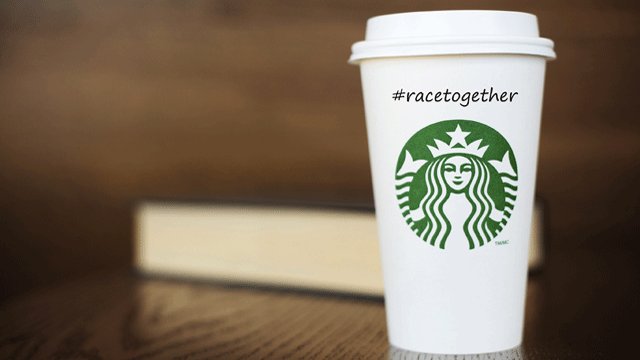
The "Race Together" campaign, complete with hashtag, was billed as an attempt to spark dialogue among customers about racism -- at the cash register.
What Went Wrong:
Well-meaning as the campaign may have been (although many people weren't buying it), the idea of casually discussing centuries of racism over a quick pumpkin spice latte left a bad taste in many mouths. The overall reaction to the campaign is perhaps summed up best by Twitter user @reignofApril:
"I don't have time to explain 400 years of oppression to you & still make my train."
2. The Train Wreck That Was Malaysia Airlines Bucket List Contest
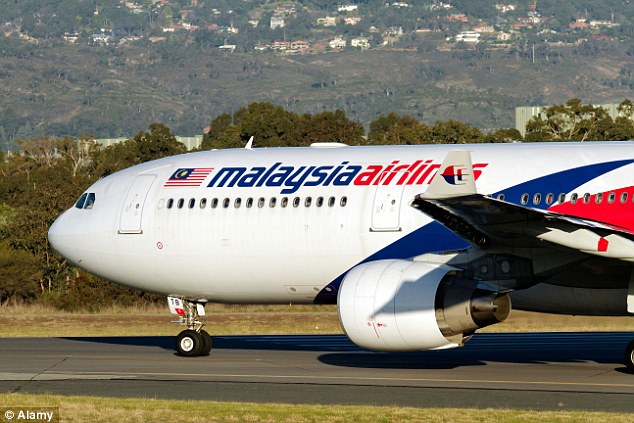
When you operate an airline, delivering passengers to their destinations alive is literally your one job. But when tragedy strikes, as it did with Malaysia Airlines flights MH17 and MH370 in 2014, the last thing you want to do is create a (barely) subliminal association between your airline and death.
But in a textbook case of "how not to do irony," the airline launched a contest asking consumers to submit items from their -- wait for it -- bucket lists in exchange for an iPad or, worse, a free seat on one of their flights. See what they did there? A bucket list is something one presumably does before dying.
What Went Wrong:
Whether or not you just lost two planes full of hundreds of passengers, it is typically not the best idea to use imagery even tangentially related to death when promoting air travel. The marketing team may have been thinking buzzy cultural trend usage, but potential passengers just saw skulls and crossbones clutching boarding passes.
3. Talkin' 'Bout a Revolution -- Or, You Know, Shoes
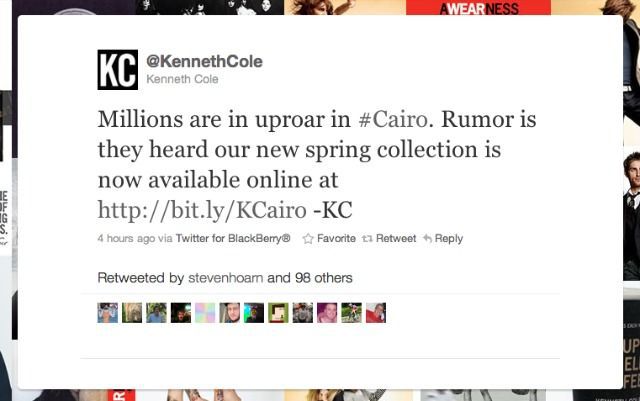
Savvy marketers know that one of the best ways to get content off the ground is to take advantage of trends (also known as newsjacking). But like cooking a souffle, you can have all the right ingredients and timing and still watch it fall flat. This was the case when Kenneth Cole decided it would be a good idea to capitalize on the social and political upheaval in Cairo during the Arab Spring uprisings in order to sell a few loafers.
What Went Wrong:
Using the hashtag "Cairo" in such a jarringly out-of-context message was not only in bad taste; it exhibited a head-scratching lack of basic Twitter skills.
4. Cashmere and Pearls and a Side of Rohypnol: Bloomingdale's Spiked Egg Nog Ad
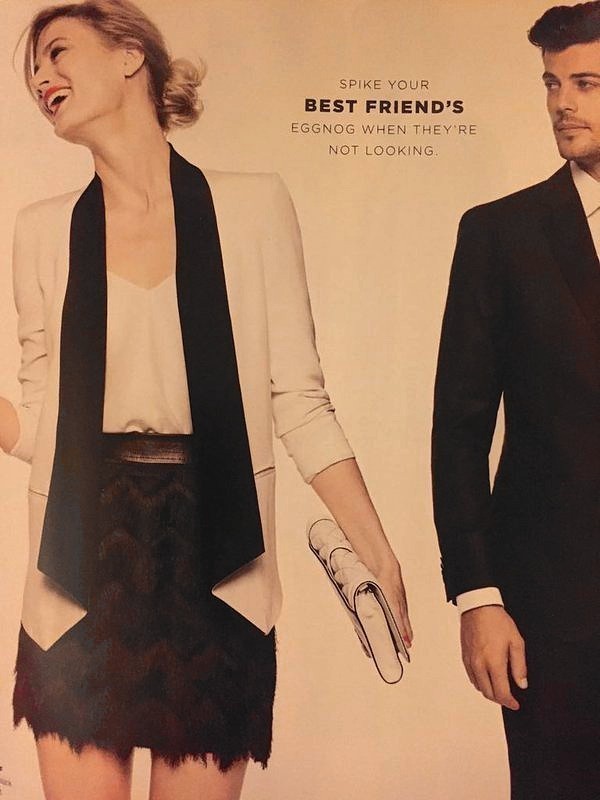
When your print ad literally consists of a tagline that encourages slipping your female companion a roofie while she's not looking, it's hard to walk back the subtext or erase the visuals from the minds of millions of potentially traumatized female egg nog drinkers around the world.
But that is exactly the situation that Bloomingdale's found itself in a few years ago when a print ad of a suit-clad male and his female date (co-worker? next door neighbor?) instructed the man to "Spike Your Best Friend's Egg Nog When They're Not Looking."
What Went Wrong:
This one is pretty much a no-brainer. Even if you're going for retro, 1950s-style, "Baby it's Cold Outside" subtle creepery, there is just never a good time to recommend drugging anyone, friend or foe.
But not to be outdone...
5. Bud Light Tries to Convince Us That No Means OK, Why Not?
Again, the catchphrase "drink responsibly" should presumably mean more than "don't chug three six packs of Bud Light at your buddy's place and then get in your car and kill someone." But in a move that made the Bloomingdale's ad seem downright refined and classy, the fine people at Budweiser decided to adorn a production run of Bud Light bottles with the following slogan/innuendo/criminal directive:
"The perfect beer for removing 'no' from your vocabulary for the night #UpForWhatever"
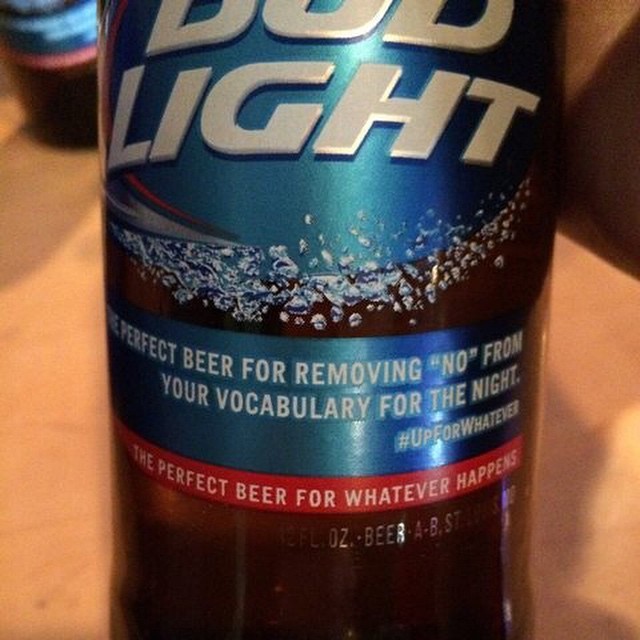
What Went Wrong:
The slogan. The hashtag. The untold cases of carpal tunnel syndrome from terrified women clutching their keys in the claw position as they walked by any establishment or supermarket aisle selling Bud Light. We get it. It's a man's manly beer. But in a classic case of "you know what you did," Budweiser's tepid "we missed the mark" response was almost as offensive as the campaign itself. Edgy is fine. Masculine is fine. But anything remotely suggestive of coercion and the propagation of rape culture is just plain bad business.
6. Pepsi's I'd Like to Buy the World a New Civil Rights Movement
What will most likely heretofore be referred to as the "Kendall Jenner Pepsi mess" down through the generations, this campaign probably needs little introduction. In an effort to newsjack/commodify cultural appropriation/give Saturday Night Live next year's Emmy material, Pepsi created an ad that was so offensive to so many people that the public outcry began before most people had hit the 30-second mark on the failed content magnum opus.
[embed]https://www.youtube.com/watch?v=dA5Yq1DLSmQ[/embed]
What Went Wrong:
In a word: everything. Or just about everything. There was the racial and cultural insensitivity of co-opting the message of the Black Lives Matter movement to sell soda. There was the cloying implication that we could all just get along if we dance in the streets together popping a Pepsi. Like other major brands, Pepsi was criticized for the perceived lack of diversity on their creative team and among major decision makers, who may have been able to steer the vision of the commercial in a more appropriate, inclusive and ultimately less offensive direction.
The diversity angle on creative teams is a great overriding message for all marketers and brands, from Pepsi to Dove and Budweiser and everyone in between. Ladies and people of color on a team can usually offer insight into how an "edgy" cultural idea might actually land.
Do Content Marketing -- Just Don't Be a Creep About It
When done right, content marketing has many benefits and should be a standard part of any comprehensive marketing strategy. But if there is only one rule you're willing to follow, make it be this: Think before you tweet!